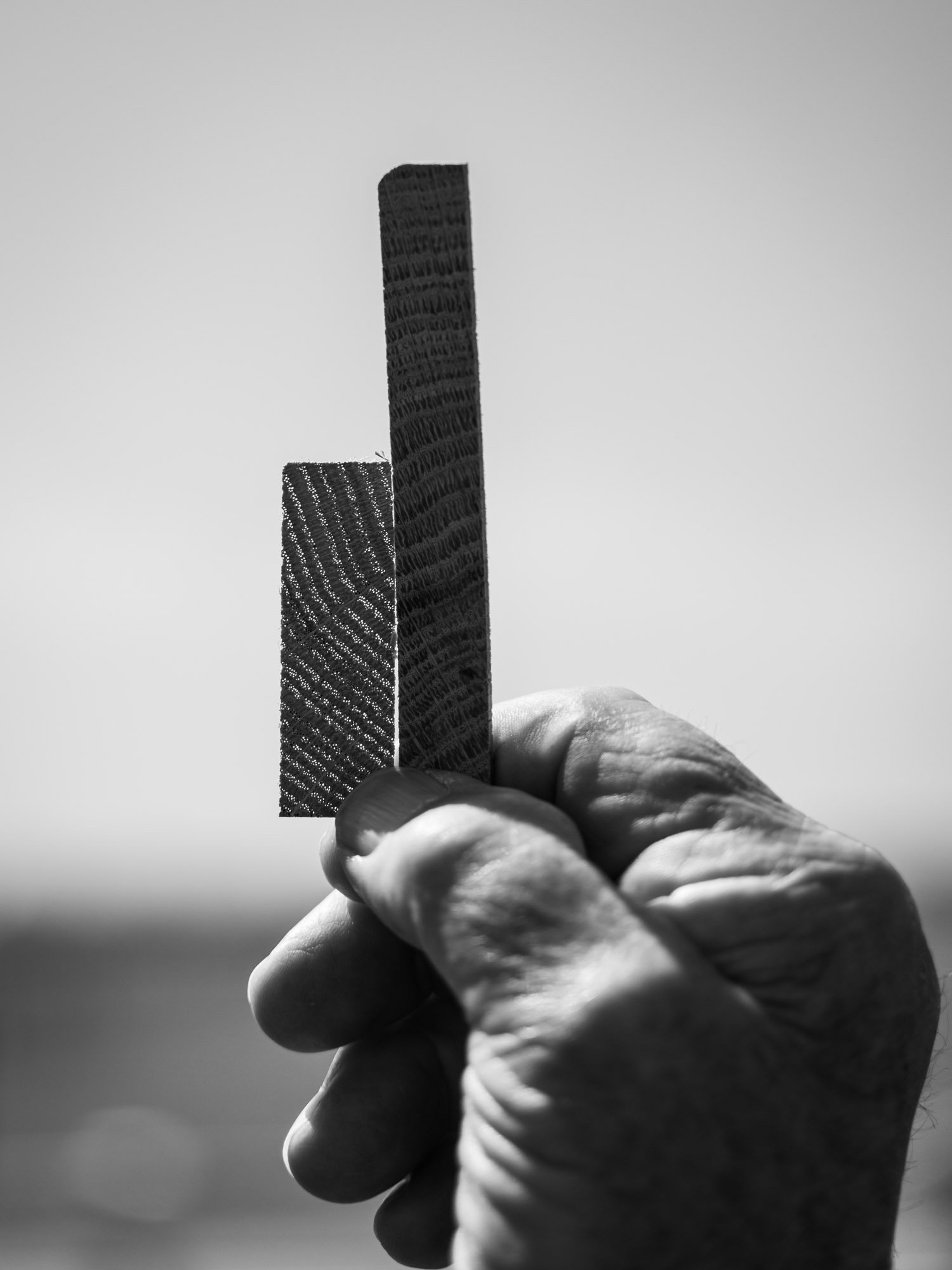Pleasant Hill
The road to Jerry’s
In 2016 while working on my Driving Through Flyover Country project I happened upon the small town of Pleasant Hill, Illinois, in Pike County between Quincy and East St. Louis. An old feed store grabbed my attention and I set up my 4x5 to photograph it. While composing under the dark cloth I was a little startled to hear someone shout, “what are you doing?” It was an older fellow in a pickup, so I introduced myself and he said his name was Jerry. He struck up a conversation at was eager to tell me the history of Pike County and Pleasant Hill and show me around. I ended up at his farm and making his portrait and one of his woodworking shop. I later sent him prints, including several of the Springer Feed store I photographed, and he told me to stop by and visit whenever I was in the area. I did so again in 2017 but hadn’t managed to get back again until this spring where I was able to spend the afternoon with Jerry and seeing the sites of Pleasant Hill.
Jerry at home
Pleasant Hill is located at the base of bluffs along the Mississippi River. Before railroads and highways rivers served as primary trade routes, and the Mississippi was a major one. Native Americans used the Mississippi ever since they first encountered it (Jerry has found stone projectile points on his farm that a university estimated to date back to 5000 B.C.E.), and the Europeans quickly made use of the river to access furs and trade. Accordingly Pleasant Hill has a history of European settlement going at least to 1821 when a tavern was erected. Jacob Turnbeaugh was an early settler, coming in 1827; a school was opened in 1832. Eventually the Chicago and Alton Railroad would build a line through town. Pleasant Hill never grew exceptionally large, but did grow to have a substantial number of businesses. The flood plain west of town made for excellent farm land, except for the fact it was a flood plain, and often did flood (more on that later).
The farm site Jerry’s grandparents started
Jerry was a farmer himself in the flood plain. His family bought a farm there in 1880 that they still own. Jerry has retired from farming but still keeps busy with other hobbies such as woodworking (he gifted me a charcuterie board made from lumber found in the barn that already existed when his grandfather bought it in 1880). Aside from farming Jerry was instrumental in building a public pool in town, active in the farmer’s levee system, and generally helping out people in any way he could. There’s even a variety of Oak tree that grew on his farm he sold the cutting rights to for Stark Brother’s Nursery across the river in Louisiana, MO. Jerry’s led a pretty active and fulfilling life!
Jerry demonstrates the difference between red and white oak
Red oak is on the left, white on the right. As he said, you can see why white oak is used in barrel-making!
As stated above being in the Mississippi flood plain means that flooding is going to be a problem. Local farmers took it upon themselves to solve this problem beginning well over 100 years ago by constructing a series of levees to keep the river out. The levee system has been expanded and improved over the years and is funded by the landowners who are protected by the system. In the 1960s they erected a series of pumping stations on creeks flowing into the Mississippi to keep the big river from back-flooding into the creeks. One recently received an upgrade with a two 2000 HP Diesel engines and massive pumps to augment the original station built in the ‘60’s. The system has worked, Jerry’s farmland hasn’t been flooded in over a century. He said 1993 was very close, but the water never crested the levees. If it had his house would’ve been under 12 feet of water.
A truck fuels the diesel storage tanks at the new pump station, one of the levees is seen in the background
I met with Jerry in the morning and he updated me on what was going on around Pleasant Hill and showed me his latest woodworking projects. We then got a tour of the pumping station before heading to town for lunch at Pam’s Cafe.
Pam’s Cafe in Pleasant Hill
The lunch crowd at Pam’s
One part of the building is the cafe, the other part is a flower shop
Bobby having lunch at Pam’s
The hat is self-explanatory
After a chicken salad sandwich lunch Jerry continued on the tour of Pleasant Hill. I saw the pool he helped construct, a house built out of stove wood, and an old school building. We ended the visit back at Jerry’s farm where he showed me some more woodworking projects and his supply of lumber that he’s cut locally himself over the decades.
Jerry made this from plans in a magazine in the 1930’s from lumber he cut himself
Even though I was there for well over six hours the time just flew by and I had to get on the road to meet a friend in Atchison, Kansas that night. I bid Jerry farewell with the hopes of coming back to visit again another day! This is an example of how photography can lead you to meet and stay in touch with people you probably wouldn’t otherwise. And while I was happy to get some photos from the visit I enjoyed the visit much more than the photography. A visit with Jerry and people of Pleasant Hill can only be experienced, not captured through a lens.











